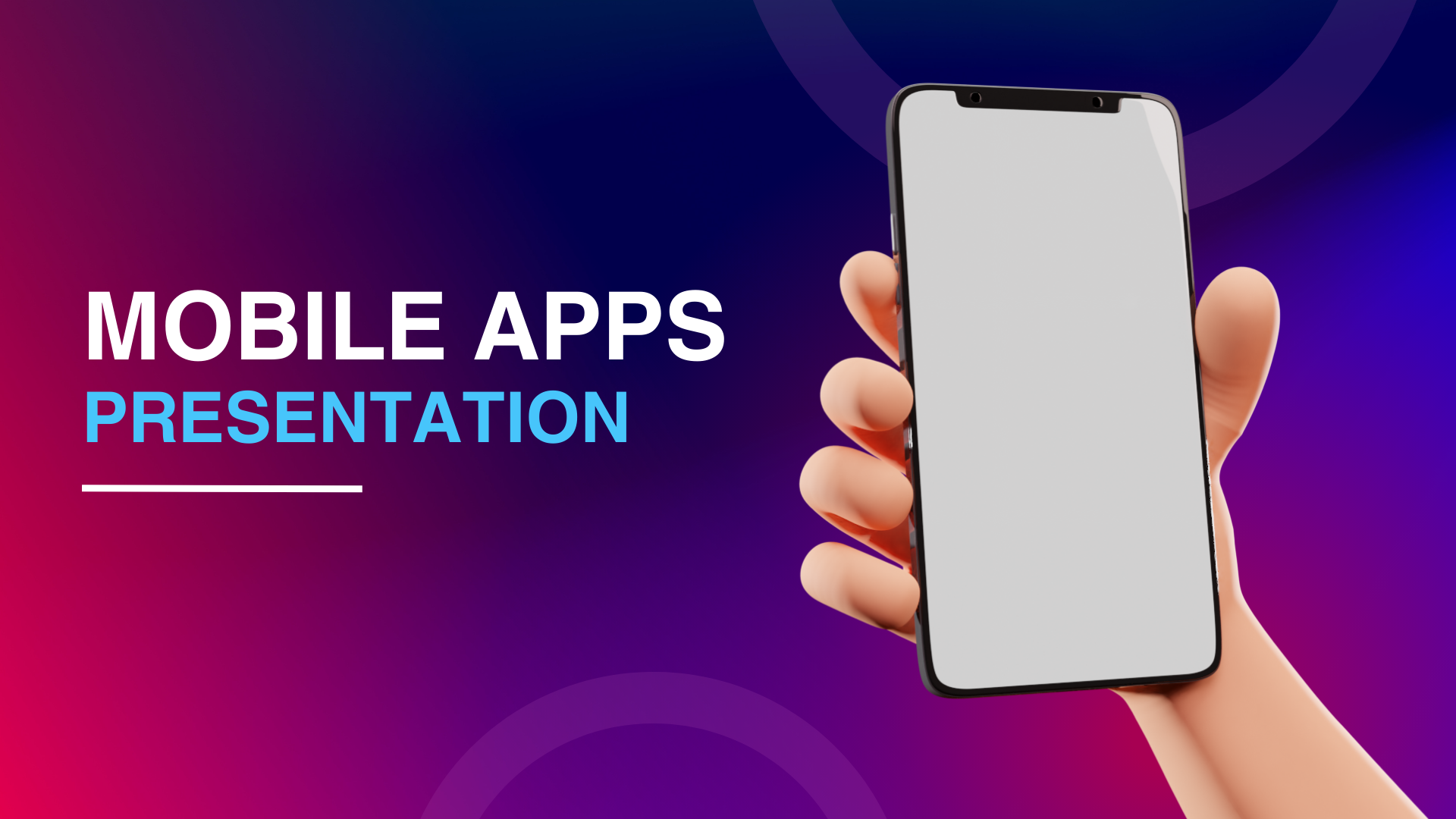Introduction As we move further into the digital age, web application development continues to evolve rapidly, driven by technological advancements and shifting user expectations. Sodio Technologies, renowned for its forward-thinking approach to digital solutions, explores the key trends shaping web application development in 2024. This blog delves into emerging technologies, development methodologies, and user experience enhancements that are set to redefine the landscape of web applications.
- Progressive Web Applications (PWAs)
Enhanced User Experience: PWAs combine the best of web and mobile app functionalities, offering fast loading times, offline access, and push notifications.
Cross-Platform Compatibility: Built with responsive design principles, PWAs provide a consistent user experience across devices and platforms.
Adoption by Major Brands: Increasing adoption by leading brands for improved user engagement, conversions, and reduced bounce rates.
- Artificial Intelligence (AI) and Machine Learning (ML)
Integration Personalized User Experiences: AI-driven algorithms analyze user behavior and preferences to deliver personalized content and recommendations.
Automation and Efficiency: ML algorithms automate repetitive tasks, streamline operations, and optimize web application performance. Chatbots and Virtual Assistants: AI-powered chatbots enhance customer support, sales, and interaction capabilities within web applications.
- Blockchain Technology Decentralized Applications (dApps): Blockchain enables secure and transparent transactions, data storage, and smart contract execution within web applications. Enhanced Security: Immutable ledger technology enhances data security, protects against cyber threats, and ensures user privacy. Tokenization and Cryptocurrency Integration: Adoption of blockchain for tokenization of assets, payments, and loyalty programs within web applications.
- Responsive Design and Mobile Optimization Mobile-First Approach: Prioritizing mobile optimization with responsive design principles to deliver seamless user experiences across devices. Accelerated Mobile Pages (AMP): AMP technology improves page loading speed and performance, reducing bounce rates and enhancing SEO rankings. Voice Search Optimization: Integrating voice search capabilities to cater to the increasing use of voice-enabled devices and improve accessibility.
- Cybersecurity and Data Privacy GDPR Compliance: Adhering to stringent data protection regulations (e.g., GDPR, CCPA) to safeguard user data and build trust.
Biometric Authentication: Implementing advanced security measures like fingerprint and facial recognition for secure access to web applications.
Zero Trust Architecture: Adopting a zero-trust approach to cybersecurity, verifying every request and protecting against insider threats and unauthorized access.
- Internet of Things (IoT) Integration
Connected Devices: Integrating IoT sensors and devices to collect real-time data, automate processes, and enhance user interactions.
Smart Home and Industry Applications: IoT-enabled web applications for smart home automation, industrial monitoring, healthcare, and logistics.
Edge Computing: Processing data closer to IoT devices for reduced latency, enhanced performance, and improved scalability.
- Agile and DevOps Methodologies
Continuous Integration/Continuous Deployment (CI/CD): Automating build, test, and deployment processes to accelerate time-to-market and improve software quality.
Collaborative Development: Agile methodologies promote cross-functional teamwork, adaptability to change, and iterative development cycles.
Cloud-Native Development: Leveraging cloud platforms for scalability, flexibility, and cost-efficiency in deploying web applications.
- Voice User Interface (VUI) and Augmented Reality (AR)
VUI Integration: Implementing voice commands and interactions to enhance accessibility and user engagement within web applications.
AR Applications: Immersive AR experiences through web browsers for retail, education, real estate, and entertainment sectors.
Spatial Computing: Integrating AR and VR technologies for interactive and personalized web experiences.
Conclusion In 2024, web application development is poised for transformative growth, driven by technological innovations and user-centric design principles. Sodio Technologies remains at the forefront of these trends, leveraging cutting-edge technologies and agile methodologies to deliver scalable, secure, and intuitive web applications. By embracing these trends, businesses can stay competitive, engage users effectively, and capitalize on the evolving digital landscape.







